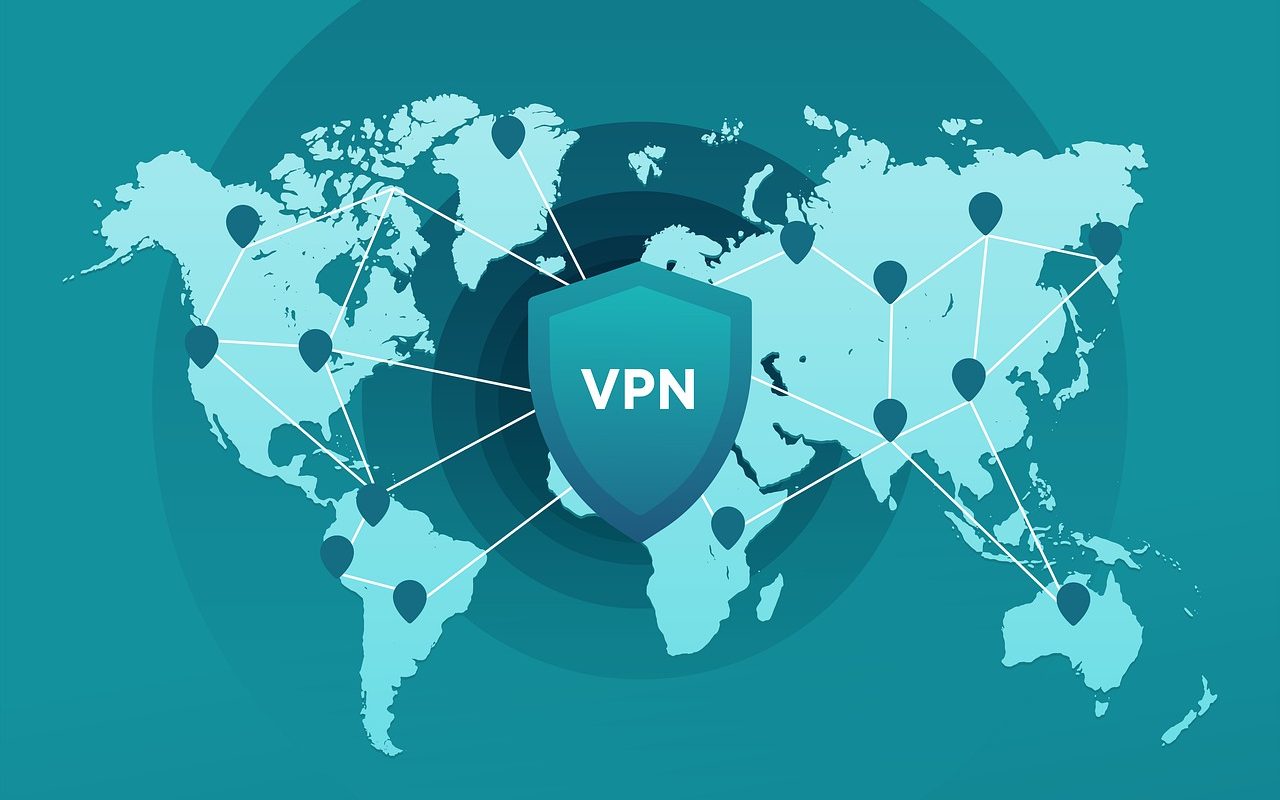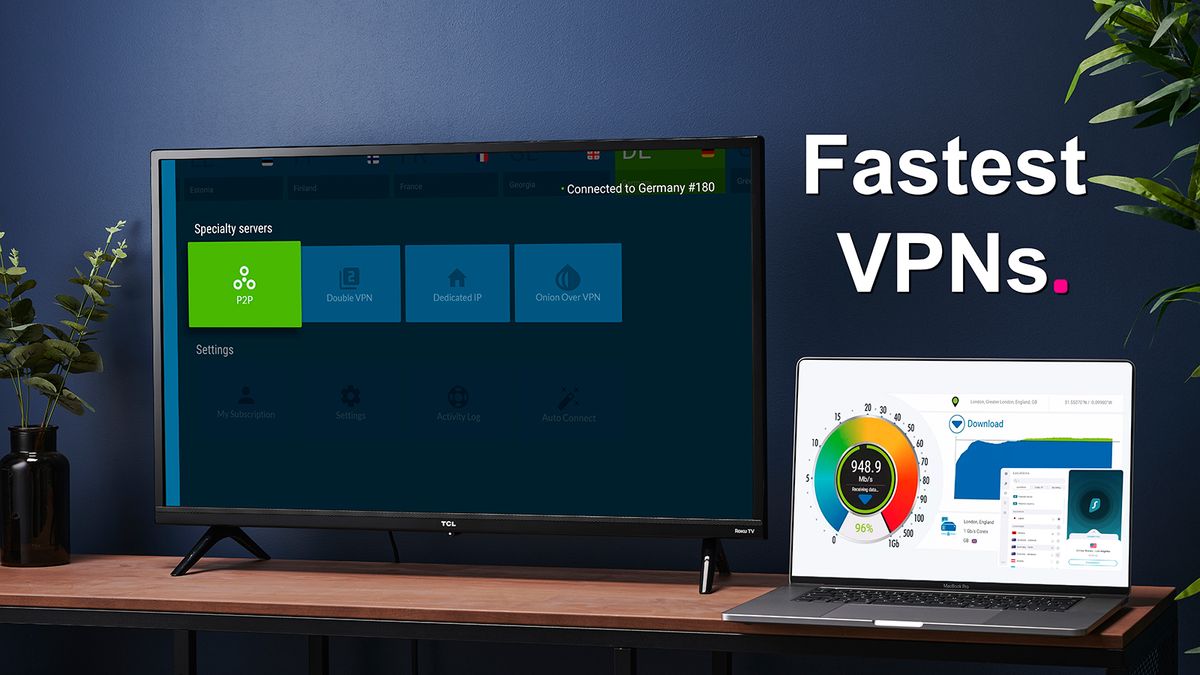Home>Software and Apps>Mastering VPN Management


Software and Apps
Mastering VPN Management
Modified: September 5, 2024
Learn how to efficiently manage VPNs with our comprehensive guide. Explore the best software and apps for seamless VPN management. Unlock expert tips and tricks today!
(Many of the links in this article redirect to a specific reviewed product. Your purchase of these products through affiliate links helps to generate commission for Techsplurge.com, at no extra cost. Learn more)
Table of Contents
Introduction
In today's digital age, online security and privacy have become paramount concerns. Virtual Private Networks (VPNs) have emerged as a crucial tool for protecting user data and maintaining anonymity while browsing the internet. However, managing a VPN can be complex, especially for those who are new to the concept. This article aims to provide a detailed guide on mastering VPN management, covering everything from the basics to advanced techniques.
Read more: Mastering VPN on Mac: A Comprehensive Guide
What is a VPN?
A VPN is a service that creates a secure, encrypted connection between your device and a VPN server. This connection masks your IP address, making it difficult for third parties to track your online activities. VPNs are commonly used by individuals and businesses to protect sensitive information, bypass geo-restrictions, and maintain online anonymity.
Types of VPNs
There are several types of VPNs, each serving different purposes:
Consumer VPNs
Designed for individual use, these are the most common type of VPN. They are available as software applications that can be installed on various devices such as computers, smartphones, and tablets.
Business VPNs
Used by companies to secure their internal networks and protect data transmitted between different branches or remote workers. Business VPNs often require more advanced features such as multi-factor authentication and centralized management.
Read more: Mastering Subtitles with Final Cut Pro
Mobile VPNs
Specifically designed for mobile devices, these provide continuous protection even when the device switches between different networks.
Wireless VPNs
Used in wireless networks to ensure that data transmitted over Wi-Fi is encrypted and secure.
Site-to-Site VPNs
These connect two or more networks together over the internet, allowing secure communication between them.
How VPNs Work
Understanding how VPNs work is essential for effective management. Here’s a step-by-step explanation:
Connection Establishment
When you connect to a VPN, your device initiates a connection with the VPN server. The VPN server then authenticates your device using credentials such as username and password.
Encryption
Once authenticated, your data is encrypted using advanced algorithms like AES (Advanced Encryption Standard). This encryption ensures that even if your data is intercepted, it will be unreadable without the decryption key.
Tunneling
The encrypted data is then sent through a secure tunnel created by the VPN. This tunnel hides your IP address and makes it difficult for third parties to track your online activities.
Decryption
When the encrypted data reaches the VPN server, it is decrypted and forwarded to its final destination on the internet.
Choosing the Right VPN
With numerous VPN providers available, choosing the right one can be overwhelming. Here are some factors to consider when selecting a VPN:
Security Features
Look for VPNs that use strong encryption protocols like AES-256 and offer additional security features such as kill switches and DNS leak protection.
Server Locations
A VPN with multiple server locations can provide better performance and access to geo-restricted content.
Speed
Some VPNs may slow down your internet speed due to the encryption process. Look for VPNs that offer fast speeds without compromising security.
Read more: How To Set Up VPN On TP Link Router
User-Friendly Interface
A user-friendly interface makes it easier to manage your VPN settings and troubleshoot issues.
Customer Support
Good customer support is essential in case you encounter any issues with your VPN.
Logging Policy
Some VPNs log user data, which can compromise your anonymity. Opt for VPNs that have a strict no-logs policy.
Compatibility
Ensure that the VPN is compatible with your device and operating system.
Read more: Can VPN See What I’m Doing
Setting Up a VPN
Setting up a VPN is relatively straightforward, but it can vary depending on the provider and device you are using. Here’s a general guide on how to set up a VPN:
- Download and Install: Download the VPN software from the provider’s website and install it on your device.
- Launch the Application: Launch the VPN application and sign in with your credentials.
- Select a Server: Choose a server location from the list provided by the VPN provider. Some VPNs allow you to select specific servers based on their load and performance.
- Connect: Click the connect button to establish a connection with the selected server.
- Verify Connection: Once connected, verify that your IP address has changed and you are now using the VPN’s IP address.
Advanced VPN Management Techniques
While basic setup is essential, advanced techniques can enhance your VPN experience:
Split Tunneling
This feature allows you to choose which applications use the VPN and which do not. This can improve performance by allowing non-sensitive applications to use your regular internet connection.
Kill Switch
A kill switch automatically disconnects your internet connection if the VPN drops, preventing any data from being transmitted without encryption.
DNS Leak Protection
This feature ensures that your DNS requests are also routed through the VPN, preventing DNS leaks that could expose your real IP address.
Multi-Hop VPNs
Some VPNs offer multi-hop connections where your data is routed through multiple servers before reaching its final destination. This adds an extra layer of security but may slow down your connection.
Custom DNS Servers
Some users prefer using custom DNS servers for better performance or to bypass geo-restrictions. However, this should be done with caution as it may compromise security.
Port Forwarding
This feature allows you to forward specific ports to your device, which is useful for online gaming or remote access to your home network.
Read more: Unlocking Hulu’s Full Potential with VPN
IP Address Rotation
Some VPNs offer IP address rotation, which changes your IP address periodically to further enhance anonymity.
Troubleshooting Common Issues
Despite the best efforts, issues can arise with your VPN. Here are some common issues and their solutions:
Connection Issues
If you are experiencing connection issues, try restarting the application or checking your internet connection.
Slow Speeds
If your speeds are slow, try switching to a different server location or checking if there are any bandwidth limits imposed by your provider.
Read more: How To Unblock Spotify At School Without VPN
DNS Leaks
If you suspect a DNS leak, use a tool like DNS Leak Test to verify and then adjust your settings accordingly.
Incompatible Applications
Some applications may not be compatible with your VPN. Try using a different application or contacting the developer for support.
Firewall Issues
Firewalls can sometimes block VPN connections. Ensure that your firewall settings allow the VPN application to function properly.
Final Thoughts
Mastering VPN management requires a combination of understanding how VPNs work, choosing the right provider, and using advanced features effectively. By following this guide, you can ensure that your online activities are secure and private. Stay vigilant about potential issues and troubleshoot them promptly to maintain optimal performance from your VPN.
Read more: How To Use VPN With Utorrent
Additional Resources
For further learning, here are some additional resources:
- VPN Providers: Research different VPN providers to find one that suits your needs.
- VPN Guides: Look for detailed guides specific to your device or operating system.
- Security Forums: Join security forums to discuss VPN-related issues and get advice from experts.
- VPN Reviews: Read reviews from other users to get an idea of a VPN’s performance and reliability.
By mastering VPN management, you can significantly enhance your online security and privacy, making your digital life safer and more enjoyable.







